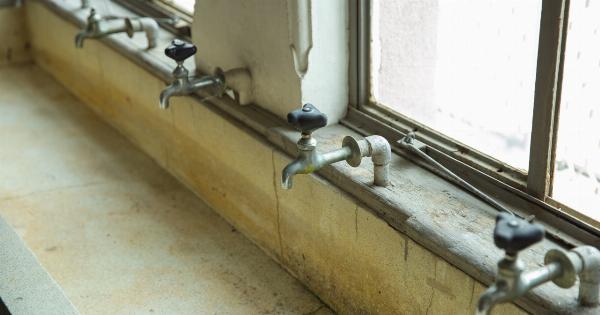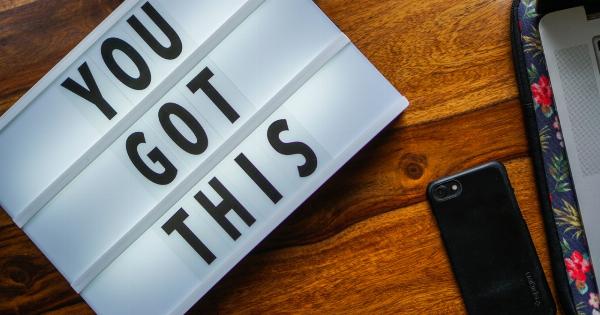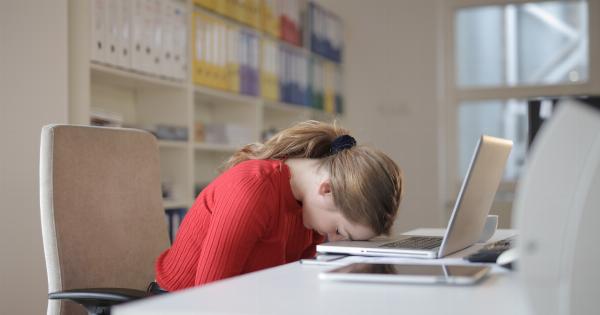Mold is a common issue in many homes and can cause serious health problems if left untreated. It is important to know how to identify and deal with mold in your home to keep your family safe and healthy.
This guide will provide you with all the information you need to know about mold and how to get rid of it.
What is mold?
Mold is a type of fungus that grows in damp, dark places. It can grow on any surface, including walls, floors, ceilings, and furniture. Mold spreads by releasing tiny spores into the air, which can easily be inhaled.
Exposure to mold can cause respiratory problems, allergies, and other health issues.
How to identify mold?
Mold is often visible as black, green, or white spots on surfaces. It can also be identified by a musty smell in a room. If you suspect there is mold in your home, you can have it tested by a professional to determine the type of mold present.
What causes mold?
Mold grows in damp and humid conditions. It can be caused by a variety of factors, including leaking pipes, water damage, high humidity, and poor ventilation.
Mold can also grow in areas that are not properly cleaned, such as bathrooms, kitchens, and basements.
How to prevent mold?
The best way to prevent mold is to keep your home dry and well-ventilated. Fix any leaks or water damage as soon as possible. Keep your home’s humidity level below 60%, and use a dehumidifier in areas that are particularly damp.
Keep bathroom and kitchen surfaces clean and dry, and make sure your home’s ventilation system is working properly.
How to get rid of mold?
If you have mold in your home, it is important to get rid of it as soon as possible. Here are some steps to take:.
Step 1: Identify the source of the mold
Identify the source of the mold and fix any leaks or water damage. If the mold is caused by a larger issue, such as a flood, you may need to hire a professional to remove the water and repair the damage.
Step 2: Wear protective gear
When dealing with mold, it is important to wear protective gear, including gloves, goggles, and a mask. The spores can be harmful if they are inhaled or get on your skin.
Step 3: Remove the mold
You can remove mold from hard surfaces using a solution of one part bleach to ten parts water. Spray the solution onto the affected area and use a scrub brush to clean the surface. Make sure to wear gloves and goggles while doing this.
For porous surfaces, such as carpet or drywall, you may need to hire a professional to deep clean or replace the affected area.
Step 4: Dry the area
After removing the mold, it is important to dry the area completely. Use a fan or dehumidifier to speed up the drying process.
Step 5: Dispose of contaminated materials
If any materials are contaminated with mold, such as carpet or drywall, they need to be disposed of properly. Place them in a sealed bag and dispose of them according to your local regulations for hazardous waste.
When to call a professional?
If the mold in your home is extensive, covering more than 10 square feet, it is best to call a professional to remove it.
Additionally, if you have respiratory problems or other health issues, it is best to have a professional handle the cleanup to avoid further exposure to mold spores.
Conclusion
Mold is a serious issue that can cause health problems if left untreated. By following the steps outlined in this guide, you can identify and deal with mold in your home to keep your family safe and healthy.































